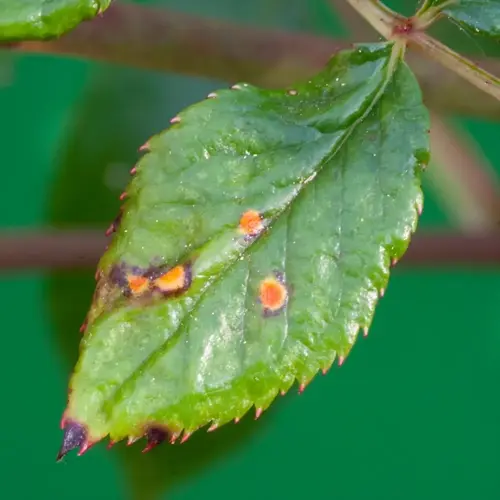Do scale insects transfer between plants?

Written by
Olivia Mitchell
Reviewed by
Prof. Charles Hartman, Ph.D.Scale insects are transferred aggressively from plant to plant. Newly hatched crawlers are active and will travel considerable distances by wind or on the backs of animals. Eggs may also be moved on gardening equipment. Understanding movement is key to limiting an infestation.
Wind Dispersal
- Crawlers drift on air currents up to 1/4 mile
- Most active during warm, dry afternoons
- Targets young plants and new growth
Animal Transfer
- Birds and mammals carry crawlers on fur/feathers
- Ants deliberately transport scales for honeydew
- Common in gardens with high wildlife activity
Human Assistance
- Pruners and gloves transfer crawlers
- Potting soil movement spreads root scales
- New plant introductions bring hidden infestations
Crawlers colonize quickly. They reach nearby plants within hours. A single female produces hundreds of offspring. This rapid spread threatens entire gardens. Early intervention stops domino-effect infestations.
Quarantine infested plants immediately. Isolate them for three weeks minimum. Treat perimeter plants preventatively. Use horticultural oil barriers. This containment strategy effectively stops colony expansion.
Regular monitoring, especially during peak seasons, is essential. Examine plants every 2 weeks. Use sticky tape traps to provide a warning for crawlers. Take action when you see the first signs of an outbreak. Utilize physical barriers in conjunction with cultural controls for effective pest management. Your careful observation will make a significant difference.
Read the full article: Scale Insect Treatment: Save Your Plants Now

